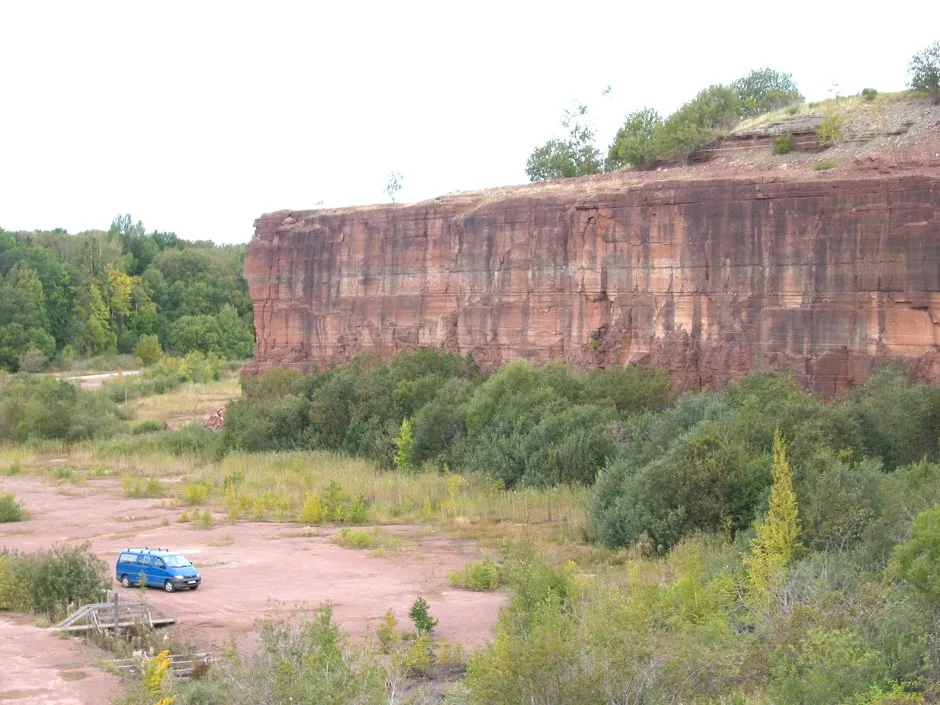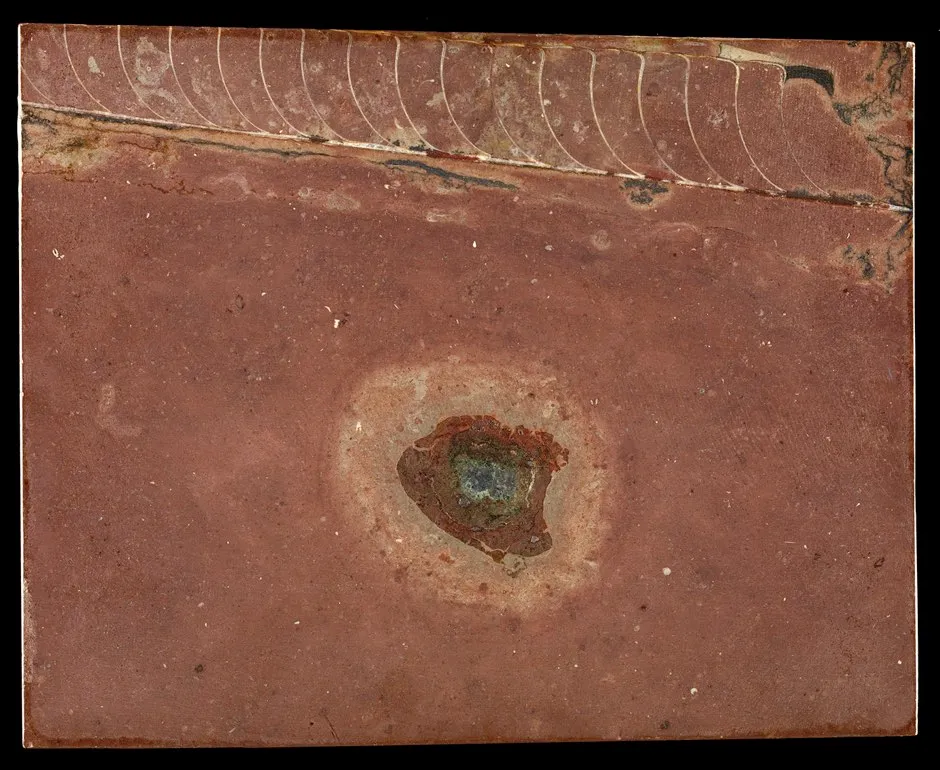An ice age that occurred on Earth 466 million years ago may have been triggered by dust sent floating into the atmosphere by a giant asteroid collision in outer space, a study by researchers based in Sweden and the US suggests.
A similar cooling effect could potentially be harnessed to tackle climate change, they say.
The team made the discovery by comparing the chemical composition of rocks dating back to a known ice age 466 million years ago and comparing them to tiny meteorites found in Antarctica as a reference.

They looked for elements that rarely appear in Earth rocks and for isotopes – alternate forms of atoms that have differing numbers of neutrons – that show hallmarks of coming from outer space. For instance, some helium atoms that are shot out of the Sun and into space are missing a neutron. The presence of these special helium isotopes, along with rare metals often found in asteroids, proves that the dust originated from space.
They found that tens of thousands more particles of space than usual fell to the Earth over a period of around two million years – a period that perfectly corresponds with the onset of an ice age.
Read more about asteroids:
- Asteroids most likely delivered water to the moon – here's how we cracked it
- Five things you (probably) didn't know about comets and asteroids
- If all the asteroids in the asteroid belt had coalesced to form a planet, what size would it have been?
While there are space particles constantly floating down to Earth, they make up only a tiny fraction of the dust present in the atmosphere, which also includes debris from deserts, sea salt and volcanic ash.
But when the 93-mile-wide asteroid broke apart, it generated way more dust than usual, partially blocking sunlight from reaching Earth and causing the planet to cool.

Study author Philipp Heck, a curator at the Field Museum in Chicago and associate professor at the University of Chicago, said: “Normally, Earth gains about 40,000 tonnes of extraterrestrial material every year.
“Imagine multiplying that by a factor of a thousand or 10 thousand.”
This extra dust in the atmosphere helps explain to the ice age – by filtering out sunlight, the dust would have caused global cooling. A similar effect could potentially be used to cool the Earth in an attempt to reverse the effects of climate change.
“Our results show for the first time that such dust, at times, has cooled Earth dramatically,” said the study’s lead author Prof Birger Schmitz, Professor in Geology at Sweden's Lund University. “Our studies can give a more detailed, empirical-based understanding of how this works, and this in turn can be used to evaluate if model simulations are realistic.”
Listen to Natalie Starkey, cosmochemist and author of the book Catching Stardust: Comets, Asteroids and the Birth of the Solar System, explain what asteroids can tell us about our Solar System
Follow Science Focus onTwitter,Facebook, Instagramand Flipboard
